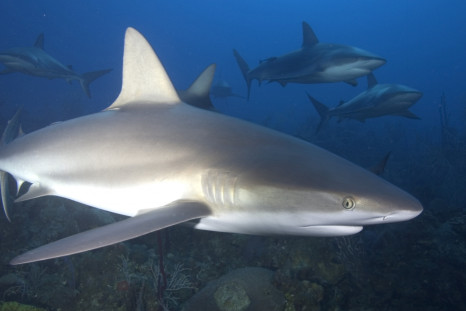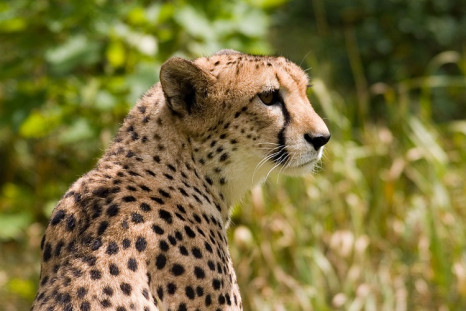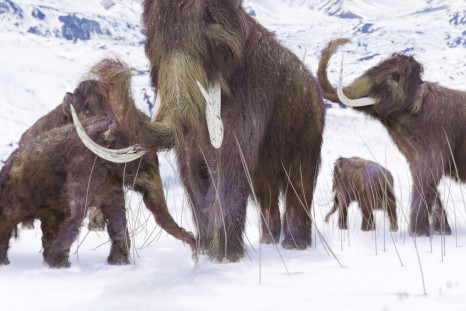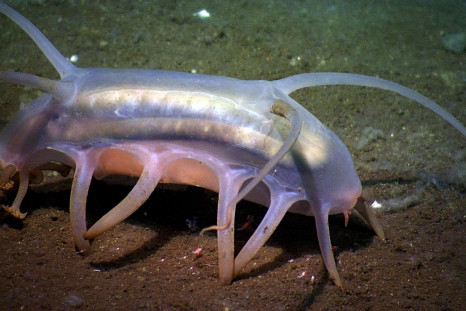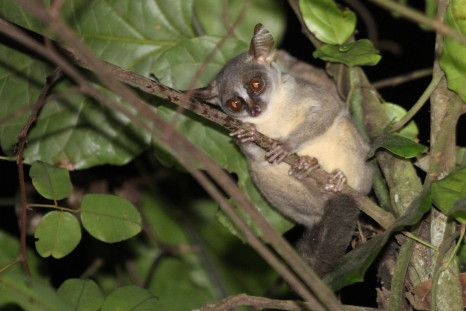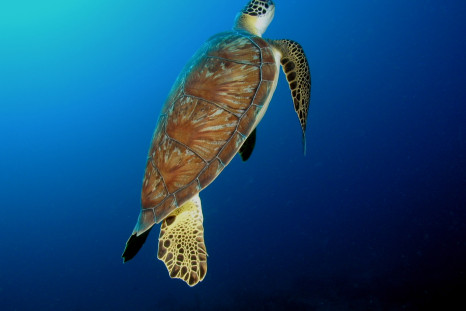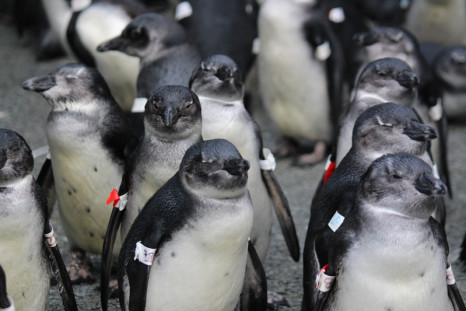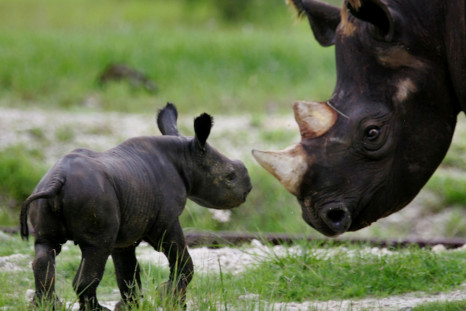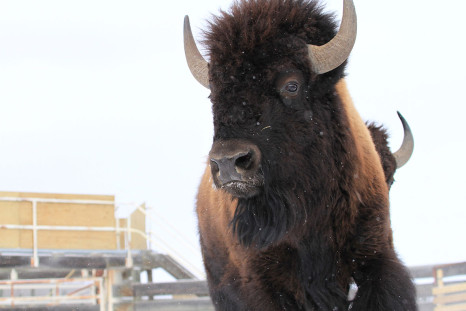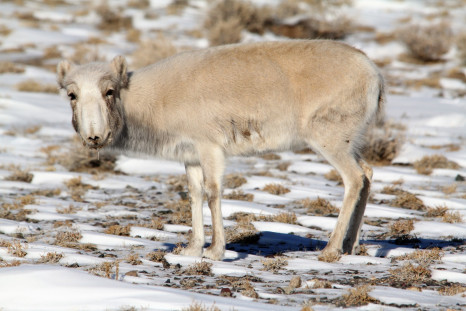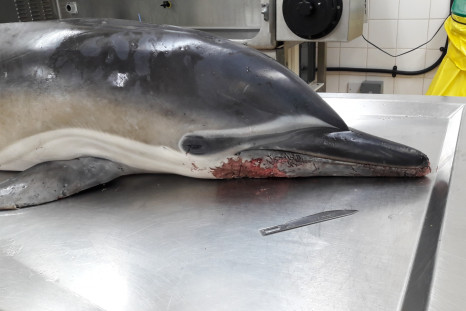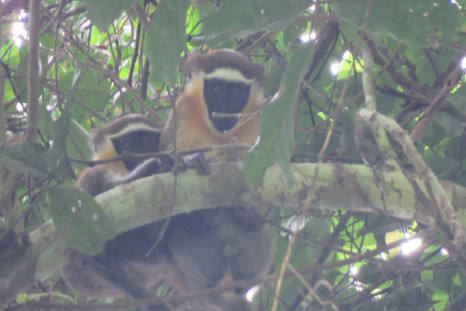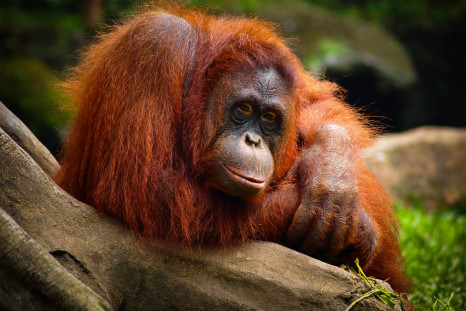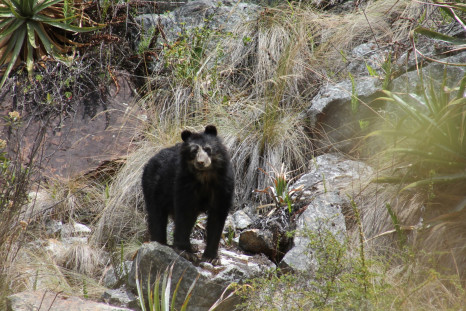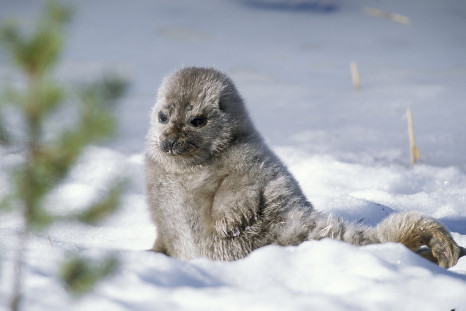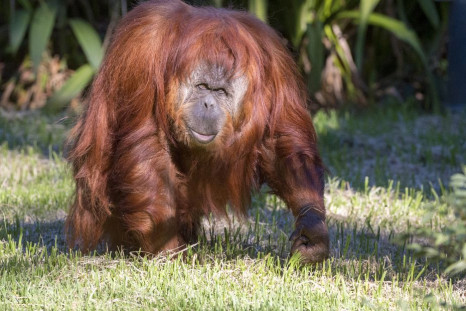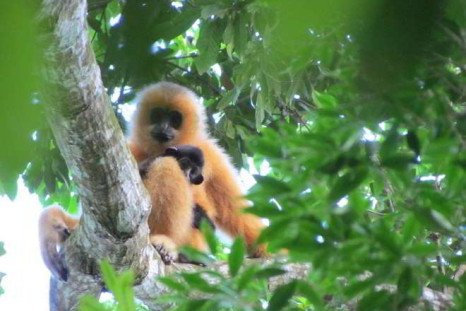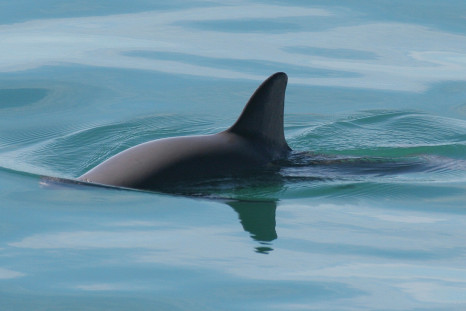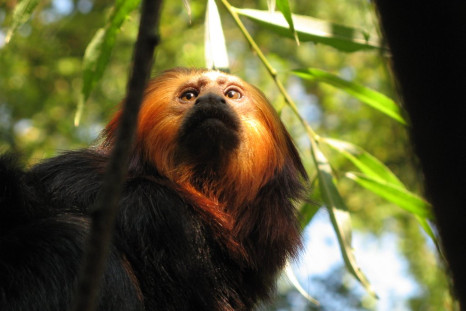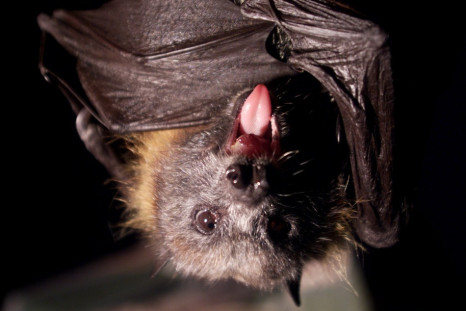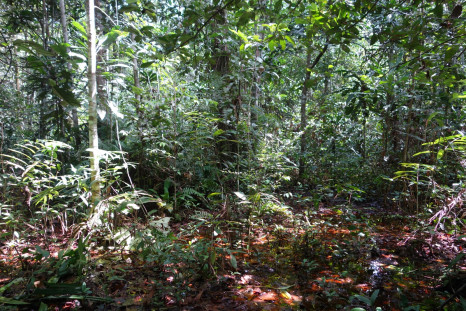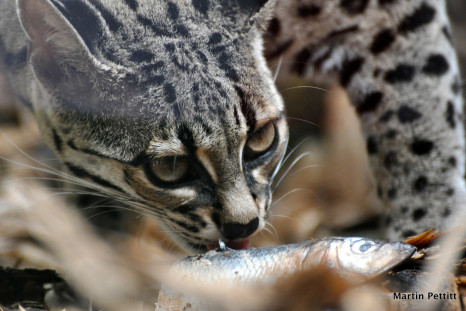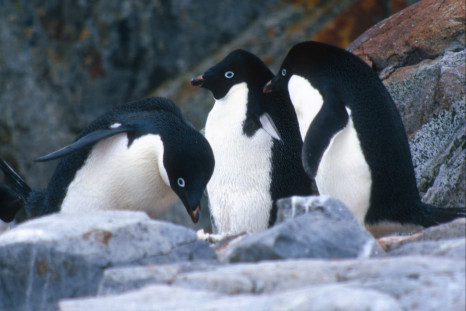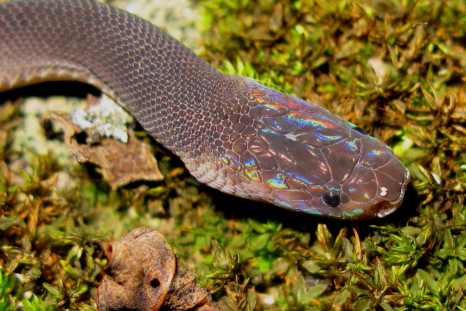Home
> Conservation
Conservation
Hordes of endangered species found in Myanmar forest gives conservationists hope
The forests include abundant populations of many species including tigers, leopards, elephants, bears.
IBT UK Contributor Mar 03, 2017
Predators have deserted idyllic Caribbean coral reefs and over-fishing is to blame
Predatory fish are now largely absent from coral reefs but they could be successfully reintroduced at 'super-sites'.
Léa Surugue Mar 01, 2017
Wildlife GPS tagging offers new tools to scientists... and poachers
Wildlife tagging helps research and conservation but could have unintended negative effects.
Léa Surugue Feb 28, 2017
Bringing woolly mammoths and other extinct species back to life could threaten biodiversity
Extinct species being brought to life may not be such a good idea, some scientists have argued.
Léa Surugue Feb 27, 2017
Deep seas set to warm by 4C leading to famine and mass extinction by 2100
Larger marine animals are expected to starve first as the seas warm and food scarcity increases.
Martha Henriques Feb 24, 2017
A 'giant among the dwarfs' - new tiny species of bushbaby amazes scientists
The Angolan dwarf Galago is three times bigger than its close relatives.
Léa Surugue Feb 23, 2017
Six biodiversity hotspots claimed to be on brink of ecosystem collapse
Results have been questioned for using out-of-date data.
Martha Henriques Feb 22, 2017
First of its kind underwater video reveals secret lives of wild dolphins
Dusky dolphins have been filmed playing with kelp and rubbing flippers.
Martha Henriques Feb 22, 2017
Endangered green turtle numbers only half of official estimates
Despite revised estimate of green turtle populations, their number is steadily growing
Martha Henriques Feb 15, 2017
With unabated rhino poaching, Kaziranga rangers are challenging traditional views of conservation
BBC investigation looks at how rangers in north-eastern India shoot poachers to protect rhinos.
Bhaskar Vira Feb 13, 2017
Overfishing and climate change trapping African penguin in population spiral
The clues the penguins use to find food are no longer fitting in warmer, over-fished seas.
Martha Henriques Feb 09, 2017
Black rhinos: Poaching of critically endangered species continues undeterred
A large genetic study of black rhinos has yielded new clues about how their populations could be better managed.
Léa Surugue Feb 08, 2017
Wild bison roam in Banff, Canada's oldest national park for the first time in 130 years
Conservation team moved 16 bison from a protected herd in Alberta to Panther Valley, where they remain under observation until summer 2018.
Alex Wheeler Feb 08, 2017
Mongolia: Deadly virus causes another mass die-off of endangered Saiga antelopes
2,500 animals of the critically endangered species have died in an outbreak that began in livestock.
Léa Surugue Feb 08, 2017
What killed this dolphin? Inside the lab for post-mortems on whales, dolphins and turtles
A young dolphin washes up on a beach in Devon. Here's how two marine biologists investigate its death.
Martha Henriques Feb 04, 2017
Presumed extinct yet thriving deep in the Congo Basin? First footage of shy Dryas monkeys
New population of Dryas monkeys has been found in remote part of the Congo Basin.
Martha Henriques Feb 02, 2017
'Tinder for orangutans': Zookeepers hope better dates for apes will lead to more sex
One orangutan loved the game so much she accidentally smashed the screen.
Martha Henriques Feb 01, 2017
Andean bears are thriving in Incan citadel Machu Picchu
There are more bears than previously thought living in one of the most visited site in South America.
Léa Surugue Jan 27, 2017
200 artificial snow mounds have been created for critically endangered Saimaa seals to have pups in
There are only about 360 Saimaa ringed seals left, which are found at a single lake in Finland.
Martha Henriques Jan 27, 2017
Zookeepers 'heart-broken' over death of endangered Sumatran orangutan as she gives birth
Adelaide Zoo staff who cared for Karta through her surprise pregnancy are devastated by her loss and that of her baby.
Martha Henriques Jan 27, 2017
10 most endangered species on Earth in 2017
There are less than 100 specimens each left of these critically endangered species.
Martha Henriques Jan 24, 2017
Last ditch attempt announced to save vaquita porpoises from humans' 'acquatic cocaine' habit
There are less than 60 vaquita porpoises left in the wild and it may be difficult to catch any to protect them.
Martha Henriques Jan 19, 2017
A mass primate extinction has been triggered thanks to destruction of forests
We are likely to lose the majority of primate species to extinction in the coming decades.
Martha Henriques Jan 18, 2017
A new species of vampire bat has started to feed on human blood
Hairy-legged bat was thought to feed only on bird blood, but human disruption of its habitat made it change tack.
Martha Henriques Jan 12, 2017
A tropical peatland the size of England has just been discovered after hiding in plain sight
The enormous Cuvette Centrale peatland holds about 30 billion tonnes of carbon.
Martha Henriques Jan 11, 2017
Bird species are slowly disappearing from England because of climate change and habitat loss
Cold-loving birds are losing their habitats, but some butterflies are thriving.
Martha Henriques Jan 11, 2017
Miniature wild cats get on well with their larger cousins in well protected forests
Adult oncillas can weigh as little as 1.5kg, and are sensitive to the nature conservancy status of their habitat.
Martha Henriques Jan 04, 2017
10 times Obama fought to preserve the natural world and save the environment
He didn't come into office as a climate crusader, but Obama has made strides in tackling climate change.
Martha Henriques Jan 03, 2017
Perverted Adélie penguins have penchant for large jellyfish gonads
It's not known whether Adélies snack on the gonads as a delicacy or are being driven to unusual food sources by a changing habitat.
Martha Henriques Dec 27, 2016
163 elusive species have just been discovered, including a rainbow-headed snake and a very rare banana
A snake with an iridescent head – likened to Ziggy Stardust – is among one of many newly discovered species.
Martha Henriques Dec 19, 2016
Pages
- PREV
- 1
- 2
- 3
- 4
- 5
- NEXT



